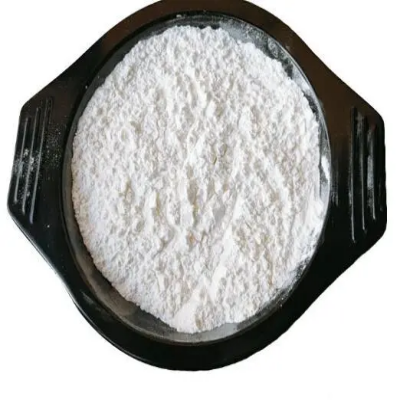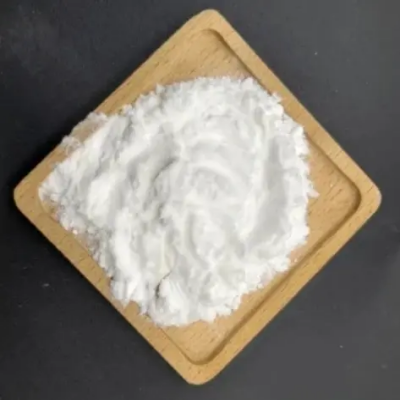2-chloro-5-(2-fluorophenyl)-1H-pyrrole-3-carbonitrile CAS:1240948-72-4
2-chloro-5-(2-fluorophenyl)-1H-pyrrole-3-carbonitrile is characterized by its intricate molecular structure and diverse applications, explored comprehensively below. Chemical Structure and Properties The compound's structure integrates a pyrrole ring with a 2-fluorophenyl substituent at position 5 and a chloro group at position 2. This arrangement influences its chemical behavior, affecting aromaticity, electronic distribution, and potential interactions with biological targets or materials interfaces. The presence of both the fluorophenyl and chloro groups introduces distinct electronic effects that can modulate reactivity and biological activity compared to its analogs. Synthesis Methods and Applications Synthesis of 2-chloro-5-(2-fluorophenyl)-1H-pyrrole-3-carbonitrile typically involves the cyclization of suitable precursors under controlled conditions, followed by selective halogenation and nitrilation to introduce the chloro and cyano substituents, respectively. The process necessitates precise optimization to achieve high yield and purity, critical for its applications in pharmaceutical and material science research. Its synthesis pathway underscores its potential as a versatile intermediate in organic chemistry. Pharmacological and Material Science Relevance In pharmaceutical research, this compound serves as a promising scaffold for designing new drug candidates targeting specific disease pathways or biological receptors. The combination of fluorophenyl and chloro groups can influence the compound's affinity and selectivity towards molecular targets, potentially enhancing therapeutic efficacy. Furthermore, in material science, 2-chloro-5-(2-fluorophenyl)-1H-pyrrole-3-carbonitrile contributes to the development of functional materials such as organic semiconductors or catalysts, where its tailored chemical properties can optimize performance in diverse applications. Environmental and Technological Applications Beyond pharmaceuticals and materials science, this compound holds potential in environmental applications, including the synthesis of sustainable materials or chemical sensors. Its versatile chemical structure allows for modifications that can enhance properties related to environmental sustainability and industrial efficiency, contributing to advancements in various technological fields. Conclusion 2-chloro-5-(2-fluorophenyl)-1H-pyrrole-3-carbonitrile emerges as a significant compound in both medicinal chemistry and material science, driven by its unique structural composition and versatile applications. Its synthesis and application across scientific disciplines underscore ongoing innovations in drug discovery, material synthesis, and environmental technology. Future research endeavors will likely focus on refining synthetic methodologies, exploring novel applications, and uncovering additional benefits of this compound in addressing contemporary challenges in healthcare, materials technology, and environmental sustainability.



| Composition | C11H6ClFN2 |
| Assay | 99% |
| Appearance | white powder |
| CAS No. | 1240948-72-4 |
| Packing | Small and bulk |
| Shelf Life | 2 years |
| Storage | Store in cool and dry area |
| Certification | ISO. |


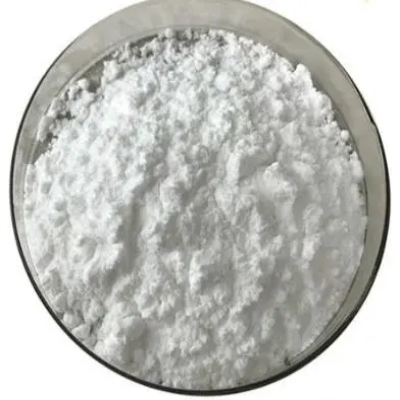
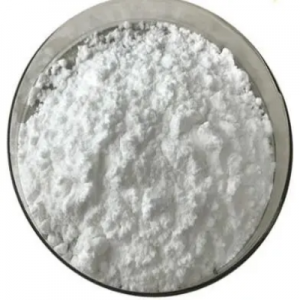
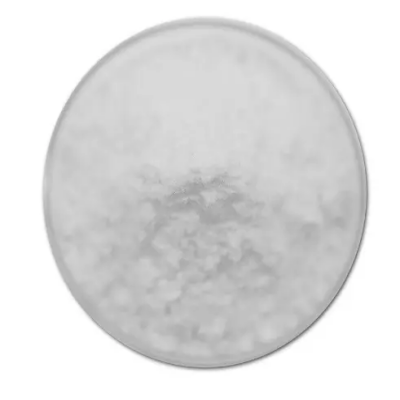
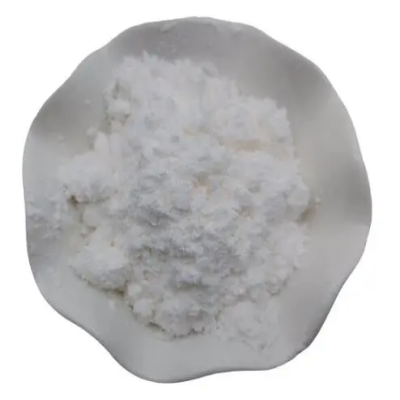
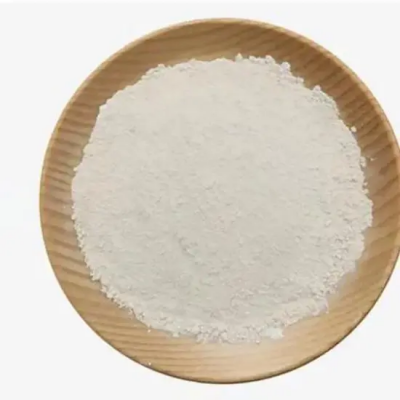
![2-{[(3aR,4S,6R,6aS)-6-Amino-2,2-dimethyltetrahydro-3aH-cyclopenta[d][1,3]dioxol-4-yl]oxy}ethanol (2R,3R)-2,3-dihydroxysuccinate CAS:376608-65-0](https://cdn.globalso.com/xindaobiotech/EF_2@EXV4CQVMX85.png)
